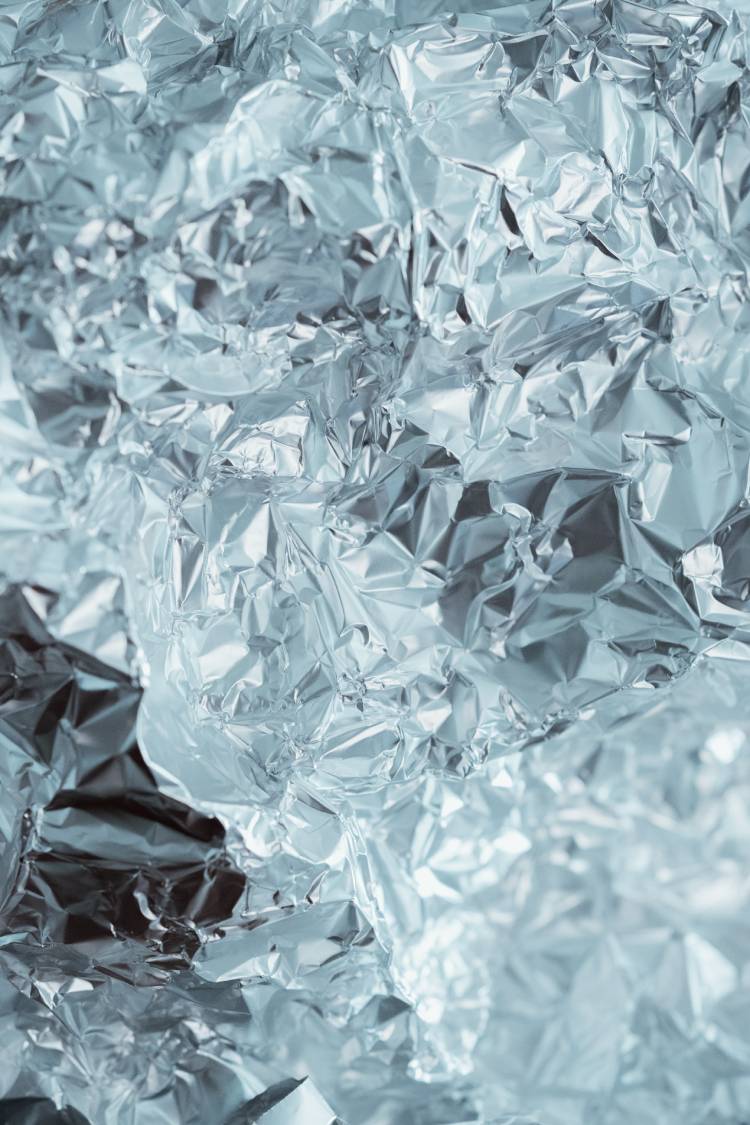How Much Do Diamonds Cost? Diamond Prices Explained

Diamonds are one of the world’s most impressive and prized gemstones. They are often used to adorn jewellery - particularly engagement rings - and are available in a range of sizes, cuts and colours. This makes the price of diamonds particularly variable.
The most expensive diamonds ever to have existed include the Koh-i-Noor and the Cullinan Diamond (each worth up to $400 million) and the Hope Diamond (worth an estimated $250 million). On the other end of the spectrum, there are both natural and lab-grown loose diamonds available for as little as a few hundred pounds.
With such variability in the price of diamonds, it’s really important to understand how much you should expect to pay for this precious stone. In this blog, our experts will offer their insight to help you ensure you get real value for money when purchasing diamonds.
How Much Does a Diamond Cost?
The cost of a high quality 1 carat diamond can range anywhere from around £3,000 to £20,000. You can use this benchmark to find out the average cost of smaller or larger carat diamonds, although the price may grow exponentially as the carat gets bigger.
The price will increase in line with the size of the carat because larger carat diamonds are much rarer and harder to mine and are therefore considered more valuable.
A number of factors impact how much a diamond costs; particularly whether a diamond is natural or lab grown and which category the stone falls into in each of the four Cs (colour, clarity, cut and carat).
The Rapaport Price List is one of the most reliable, up to date sources of diamond price information. It takes into account the four Cs to determine how much a diamond should cost depending on its category. However, diamond dealers and jewellers are likely to use this price list only as a rough guideline, developing their own price points depending on their own expert judgements.
How Are Diamond Prices Calculated?
No two diamonds are the same. Each diamond will have a unique array of qualities that determine its value.
Let’s look at 1 carat diamond prices as an example. You’d think that a 1 carat diamond would cost the same as another 1 carat diamond, right? It isn’t that simple. Diamond quality varies between each stone. Consider the four Cs.
- Colour: How clear your diamond is will impact its price. Colourless diamonds are often the most expensive, though very distinctly coloured diamonds are also incredibly desirable thanks to their completely unique colour quality.
- Clarity: This measures visual appearance, analysing any flaws or blemishes that may impact a diamond’s aesthetic. The better the clarity grade, the more expensive the diamond may be.
- Cut: The way a diamond is cut impacts its overall look, including how polished and well-proportioned it is, as well as how the stone disperses and reflects light. Most people buy diamonds for their sparkle, brilliance and overall aesthetic, so a beautifully cut ‘Excellent’ grade diamond is going to cost much more than a poorly cut one.
- Carat: The more your diamond weighs, the more it’s likely to be worth. It’s true that bigger is considered better, but the other three Cs do contribute to the diamond’s valuation too.
It’s worth noting that the price of diamonds is most likely to be determined by the categories it falls into. For example, the price of a 0.98 carat diamond is likely to be only slightly lower than the price of a 0.99 carat diamond. However, once it reaches the next category up (1 carat), the price will increase significantly. Understanding diamond categories will help you to choose your gemstone wisely.
Several other factors will also impact the price of your diamond. A certification from a reputable gemological laboratory such as GIA or AGS will provide proof of your diamond’s value, offering you full peace of mind that you have purchased the genuine article.
Understandably, purchasing gold jewellery adorned with diamonds will increase the value of the piece compared to purchasing the loose stones alone. Diamond men’s rings, for example, may vary in price depending on the jeweller; consider the gold used and any other design features in addition to the actual value of the diamond.
How to Tell What a Diamond Is Worth
What a diamond costs and what a diamond is worth are often two very different things and this will largely depend on personal preference. There can be a huge price range for the same cut or carat of diamond.
In many cases the difference between a cheaper diamond and a more expensive one may not even be visible to the average human eye. Unless you’re a well-trained diamond expert, splurging your budget on the highest quality may not provide the best value for money.
Remember: diamonds are priced based on their category, not necessarily on their visual quality or appearance. Therefore, you’ll be able to bag yourself a bargain by selecting diamond pendants or rings that look absolutely stunning but fall into categories that have a much lower price point.
The Diamond Demand Supply Gap
The global demand for diamonds is increasing and, though diamonds continue to be mined, the amount of diamonds available is depleting which may lead to a shortfall in supply in the future. This means that existing natural diamonds will increase in value - they could become the ultimate limited edition gemstone.
Of course, the supply of lab-grown diamonds will never fail to meet demand. Synthetic diamonds are readily available and much cheaper compared to natural diamonds, but many customers looking for a stunning signature piece of jewellery will look for natural diamonds thanks to their inherent value, rarity and authenticity.
Investing in Diamonds
There’s no doubt about it - diamond prices are increasing. The price of diamonds per carat has grown considerably in recent years. In fact, it’s grown tenfold since the 1960s.
One may therefore assume that purchasing diamond jewellery - such as men’s diamond bracelets - can be a strong investment that will not only provide you with a stunning signature piece to wear, but a great piece to eventually sell if prices continue to increase. That isn’t always the case, though. Diamond dealers and jewellers often mark-up diamonds, which means the difference between the diamond retail and resale price can be vast.
Though the cost of a lab-grown diamond may give the impression you’ll be able to sell it for a good price, you’re likely to make a loss. Lab-grown diamonds are costly to produce - hence their relatively high price tag - yet they won’t retain their value as brand new types of lab-grown diamonds are being developed constantly. They’re best suited to being part of a beautiful piece of jewellery or kept as a family heirloom rather than being viewed as an investment.
If you are looking to invest in a piece of gold diamond jewellery that is all set to last you a lifetime, make sure you choose a high quality natural diamond.
For more information and advice around buying and looking after your precious gold jewellery, bookmark our blog or follow us on Facebook and Instagram.


